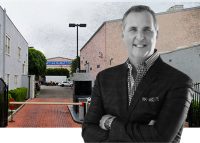 Hudson Pacific studio revenue takes hit
Hudson Pacific studio revenue takes hit
Trending
Hudson Pacific office occupancy still below 25%
But REIT inks 279K sf of office space in Q4; execs maintain “renewed confidence” among tenants for fall return
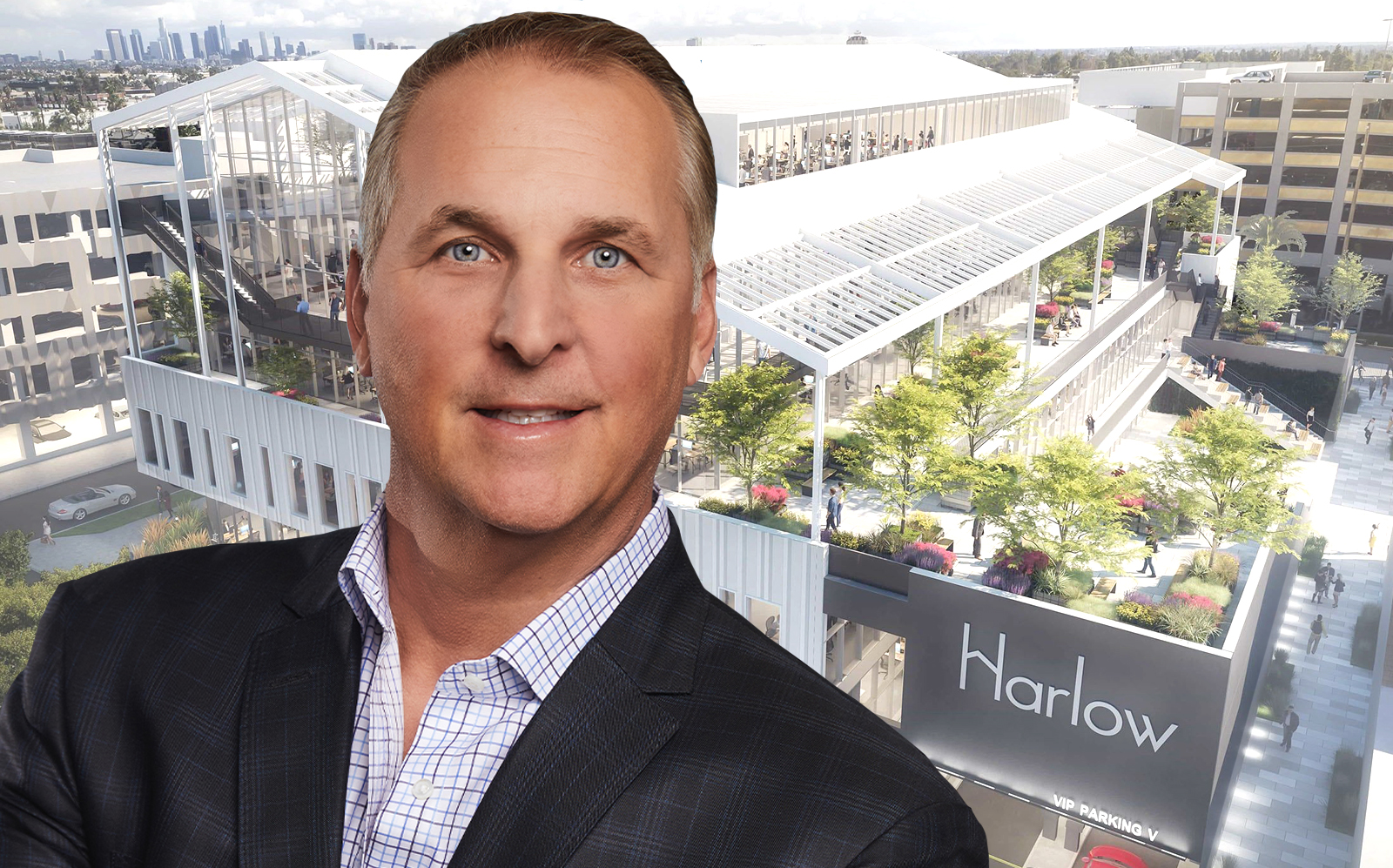
The 279,000 square feet of office space that Hudson Pacific Properties inked in the fourth quarter was the firm’s highest total of the year. Still, it was far below the Q4 2019 number.
But the modest improvement at the end of a pandemic-filled year was cause for some optimism at the real estate investment’s trust’s fourth quarter earnings call on Thursday.
In a statement before the call, Coleman noted the increase in leases across its office portfolio was a “positive trend” that was “extending into the first few months of 2021.”
Overall, Los Angeles-based office, retail and studio landlord reported a net loss of $8.5 million from October through December, compared to a net income of $13.6 million over the same period in 2019. Revenue for the quarter was also down 6 percent, to $203.8 million.
But with daily coronavirus cases on the decline once again across its West Coast markets, HPP CEO Victor Coleman said the company was looking ahead to life after the pandemic.
Some of the company’s financials bear out this optimism. HPP collected 98 percent of office and 100 percent of studio rents in the quarter — although storefront retail rent collection continued to struggle, hovering around 50 percent.
The REIT’s office properties had unexpectedly good results in the fourth quarter, with same-store cash net operating income up 4.2 percent year-over-year. But Mizuho Securities analysts noted that could be “driven by free rent burn-off rather than an improvement in fundamentals.”
HPP’s studios also showed signs of recovery following a significant drop-off in the prior two quarters. Same-store cash net operating income for the segment was down by less than 1 percent year-over-year, compared to the 40 percent drop in the third quarter. But that, too, came with a caveat. It was primarily due to $2.2 million in one-time property tax savings, without which there would have been a 23 percent decline, according to Mizuho.
Still, as is the case with most company earnings calls, HPP executives focused on the positives. “Tenants are starting to experience renewed confidence as they look beyond the vaccine and schools opening, and that’s exactly why the numbers are increasing quarter over quarter,” HPP executive vice president of leasing Arthur Suazo said on the call.
For the moment, physical occupancy at the REIT’s assets hover in “the low twenties,” Suazo noted, making it hard to draw conclusions about how tenants plan to adjust their space usage going forward. But with “the exception of one large tenant,” he added, tenants have not indicated they plan to give up space.
Read more
 Hudson Pacific studio revenue takes hit
Hudson Pacific studio revenue takes hit
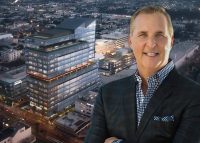 Hudson Pacific wins key approval for 500K sf Hollywood studio expansion
Hudson Pacific wins key approval for 500K sf Hollywood studio expansion
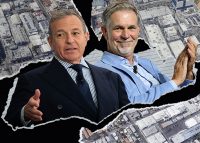 Here’s what Netflix, Disney and CBS pay at their Hollywood digs
Here’s what Netflix, Disney and CBS pay at their Hollywood digs
HPP was active on the acquisitions front in the fourth quarter. In Seattle, it teamed up with Canada Pension Plan Investment Board on the $625 million purchase of a 668,000-square-foot Amazon-anchored office tower.
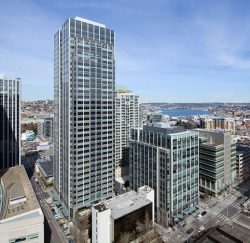
1918 8th Avenue in Seattle (Hudson Pacific)
On Thursday’s call, Coleman said the company is also negotiating exclusively on a number of off-market deals for studio assets: “I think it would be fair to say that our plate is going to be relatively full in that area in the near future.”
Last year also saw Blackstone Group agree to buy a 49 percent stake in HPP’s $1.65 billion Hollywood real estate portfolio. That deal, which was announced in late June, involved 2 million square feet of office buildings and soundstages.
Late last year, HPP completed the development of the Harlow office building in L.A., though it has yet to secure a tenant. Now, the REIT’s sole project currently under construction is One Westside, a 584,000-square-foot complex that is fully leased to Google, which is set for completion early next year.
Another 3 million square feet of developments are planned but have yet to break ground, which Coleman pointed to as evidence of the company’s strong potential in the coming years. “Our markets are at the center of gravity for the media and technology industries, both of which have accelerated as a result of the pandemic,” he said.




